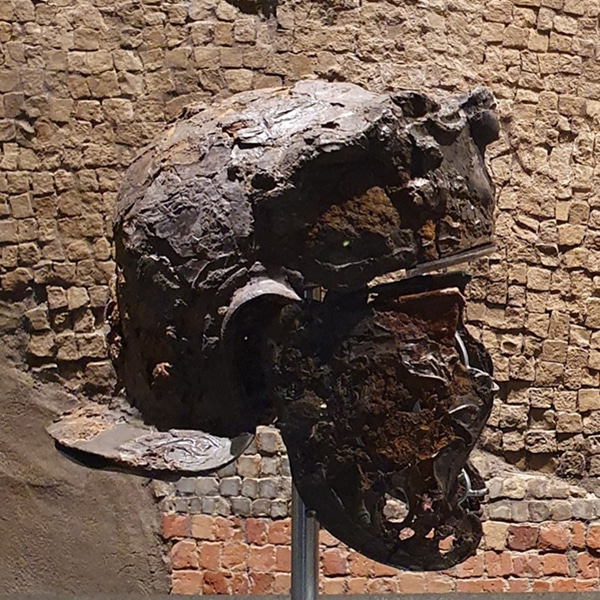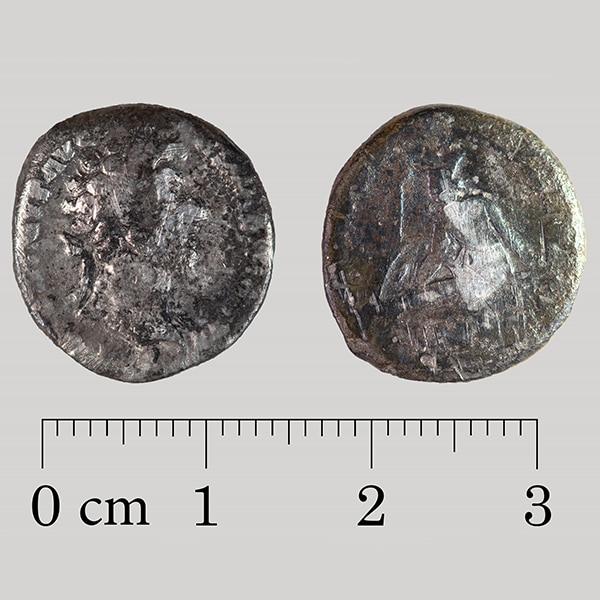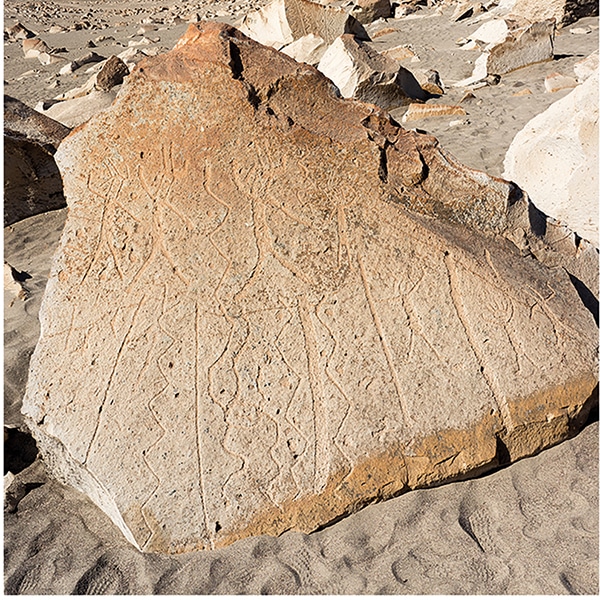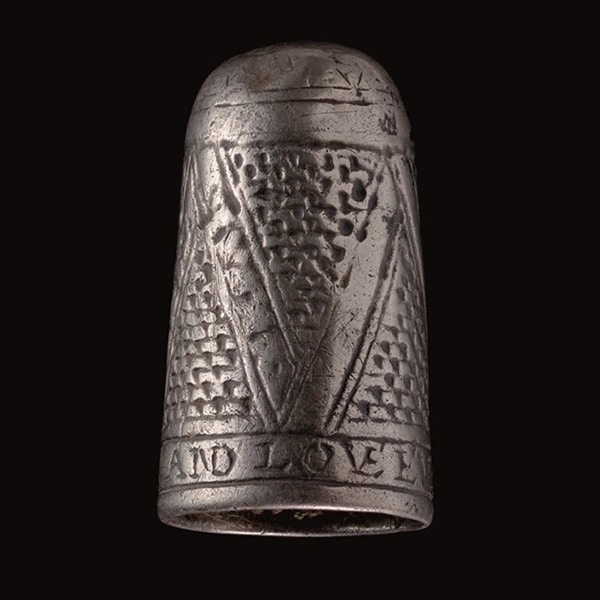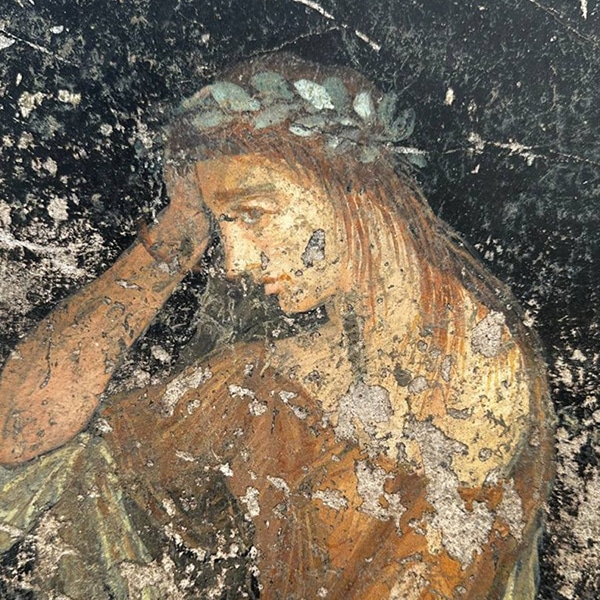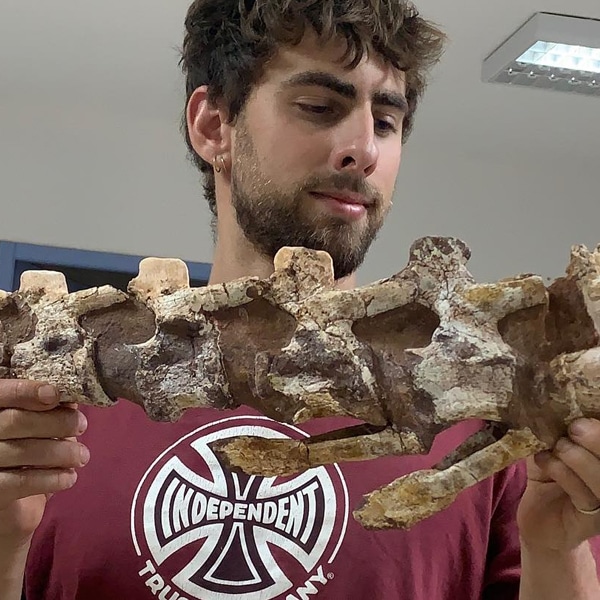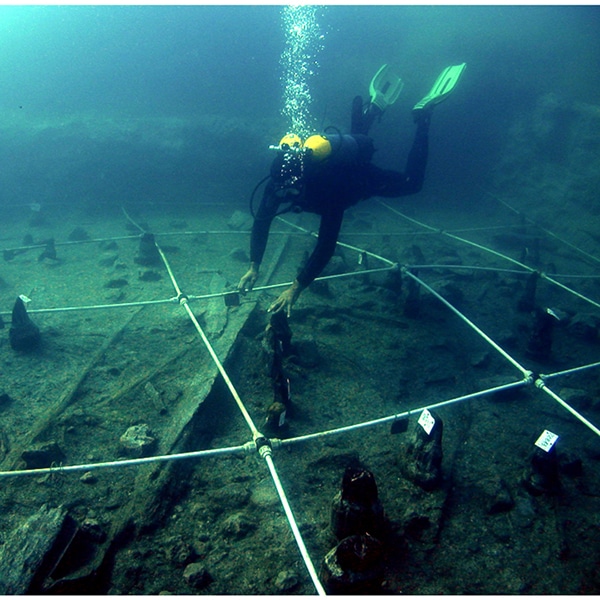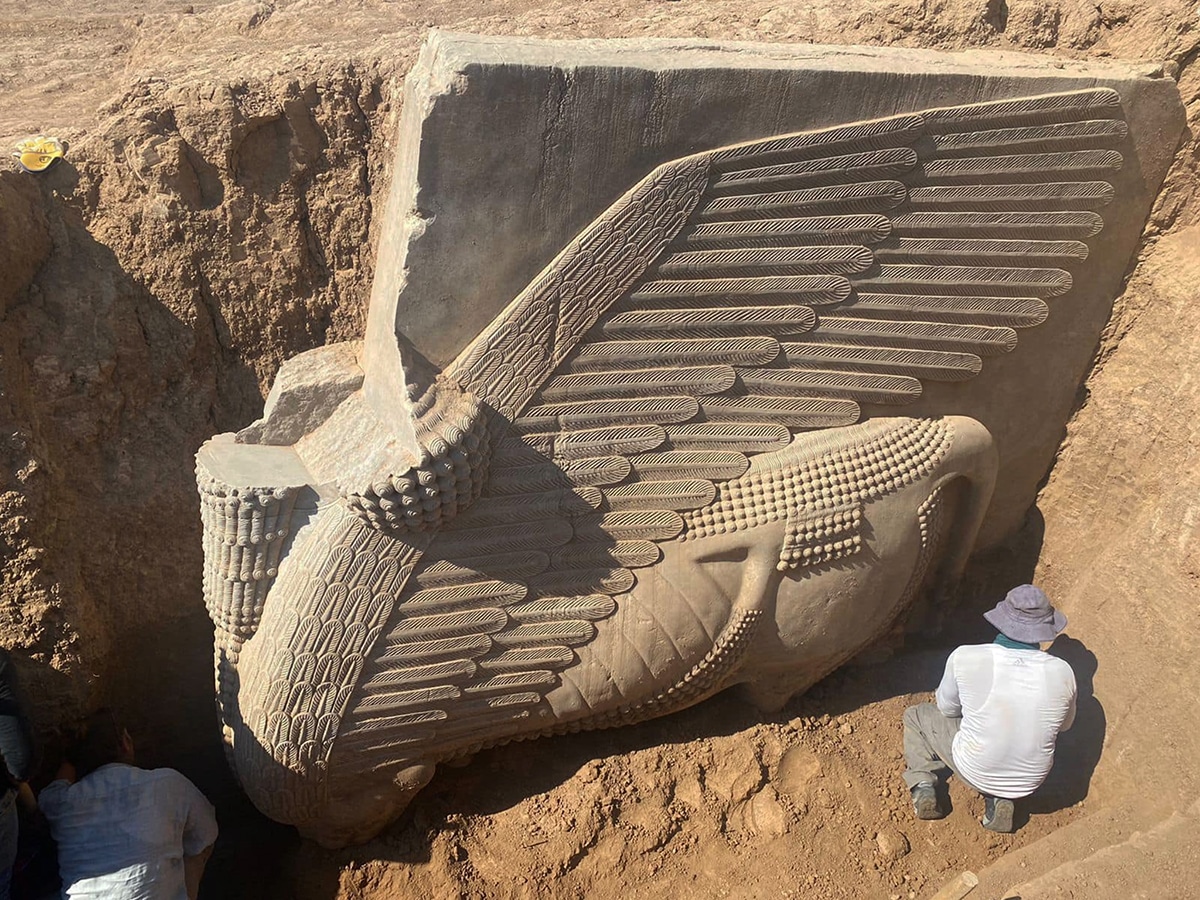
The ongoing excavation of the lamassu. (Photo: Mustafa Faraj/Iraqi State Board of Antiquities and Heritage)
Historical artifacts offer a glimpse into the past. However, their existence is constantly at risk—especially those not housed in museums. Ancient artifacts have had a particularly volatile past few decades in the Middle East due to political and religious conflict, as well as widespread looting. The recent excavation of an ancient Assyrian lamassu statue is a reminder of these tenuous circumstances, as the story of its reburying is told.
The 2,700-year-old sculpture is symbolic of a time when the Assyrian empire dominated the region, including where the statue lies in modern day Iraq. It depicts a lamassu, which is a mythical guardian figure that possesses a human head on a bull or lion body. Some lamassu even feature a strange five-footed design, which gives the impression of standing from the front and striding from the side. In the past, pairs of these figures would guard monumental gates and doors leading into Assyrian palaces. The ancient Mesopotamian kings showed their power, both temporal and divine, by their massive building endeavors. However, many well-known examples of these statues are now in the hands of Western museums.
The lamassu recently uncovered in Iraq was found in the ancient city known as Dur-Sharrukin (near present-day Khorsabad) in northern Iraq. It once guarded the palace of King Sargon II, whose rule began in 722 BCE. His 200-room palace was an expression of kingly dominance, however the site fell out of use when he died prematurely and his heir moved the capitol of the empire to Nineveh. In the 19th century, the lamassu were known to French archeologists on expeditions, but they were last excavated in 1992 by Iraqi scholars. After that, the lamassu were reburied for their own protection.
American troops swept across the region in the Gulf War. Then came the “War on Terror” in the early 2000s. Then came the rise of ISIS and its rampant crusade against artifacts from local history which did not conform with their theology. This lamassu, while thankfully largely preserved, did not escape all damage. It's head was hacked off by looters in 1995, although thankfully recovered by authorities and placed in the Iraqi National Museum in Baghdad. The museum was then looted in 2003 during wartime, but the head was not carried off. The Iraqi antiquities authorities plan to reunite the head with the newly uncovered body in the near future.
Wartime is a frequent time of looting, both by invading or colonizing forces, as well as other opportunists. For example, after Napoleon's forces rediscovered the Rosetta Stone, it ended up in British hands when they conquered the French forces. While it is now in the British Museum, Egypt wants their treasure back. Looting and destruction usually follow world events, but at least for this one lamassu, it remains safe and uncovered once more.
A statue of a lamassu—an ancient Assyrian mythological guardian sculpted in stone—has been uncovered in Iraq, where it once adorned the kingly palace of King Sargon II.
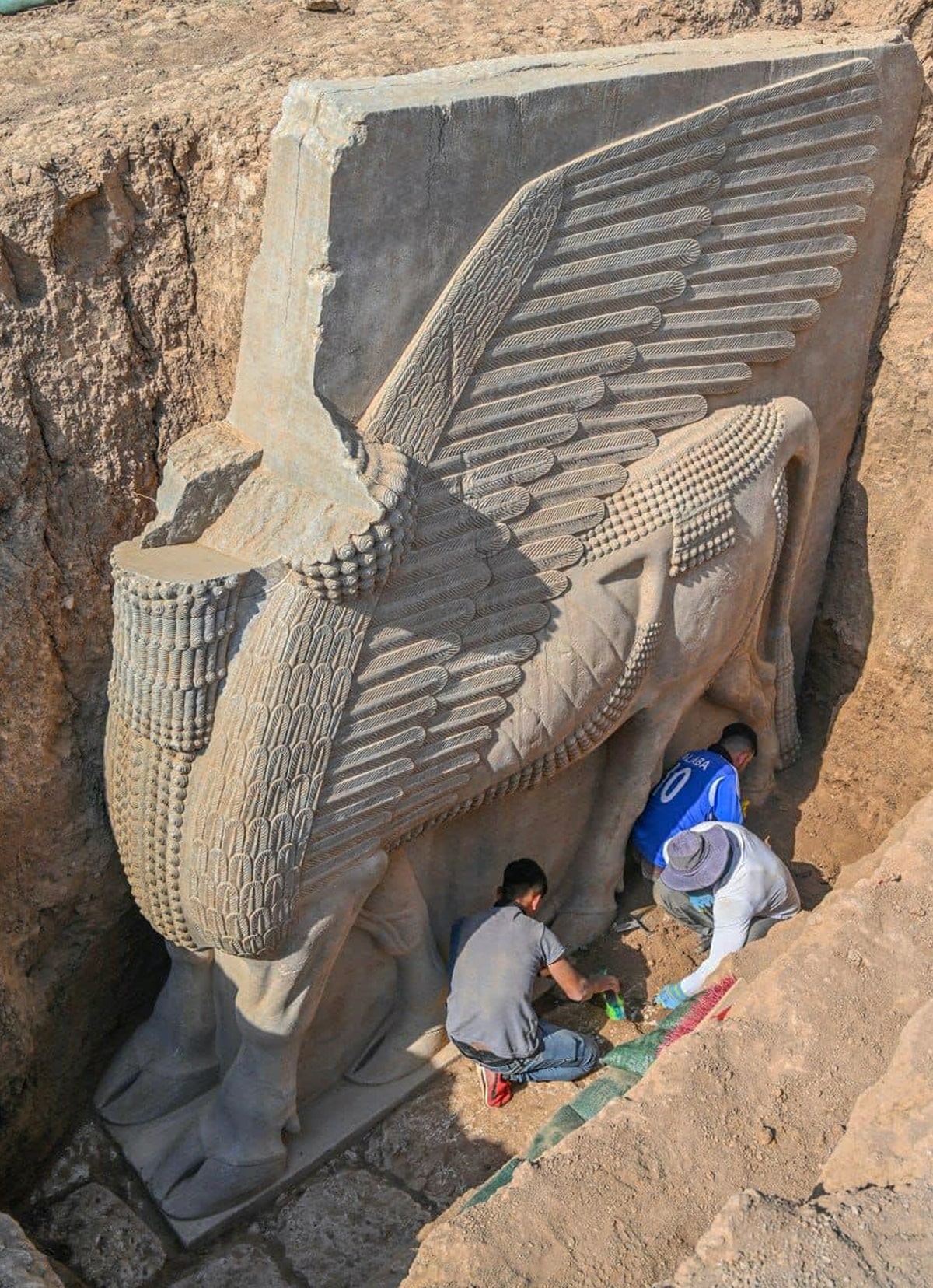
The massive stone sculpture would have once guarded a door or gate. (Photo: Mustafa Faraj/Iraqi State Board of Antiquities and Heritage)
h/t: [Hyperallergic]













































































